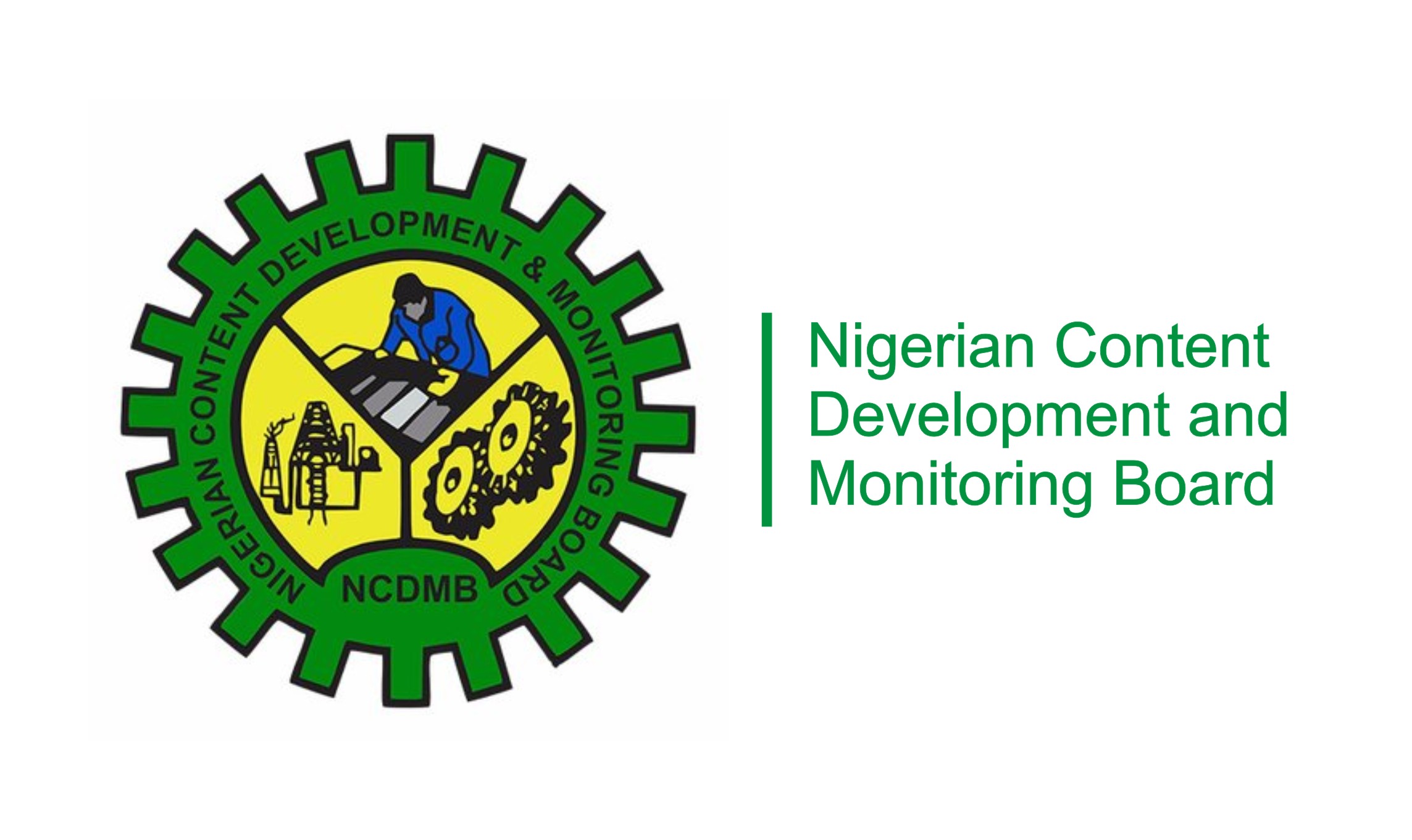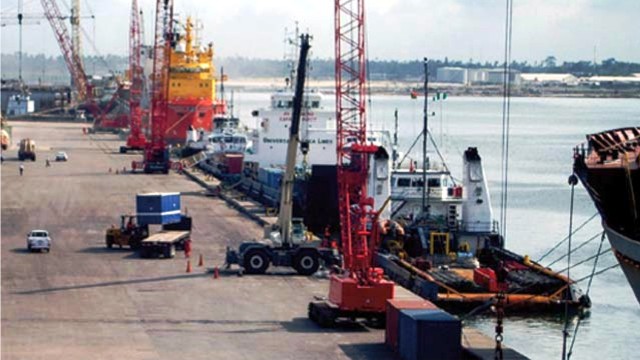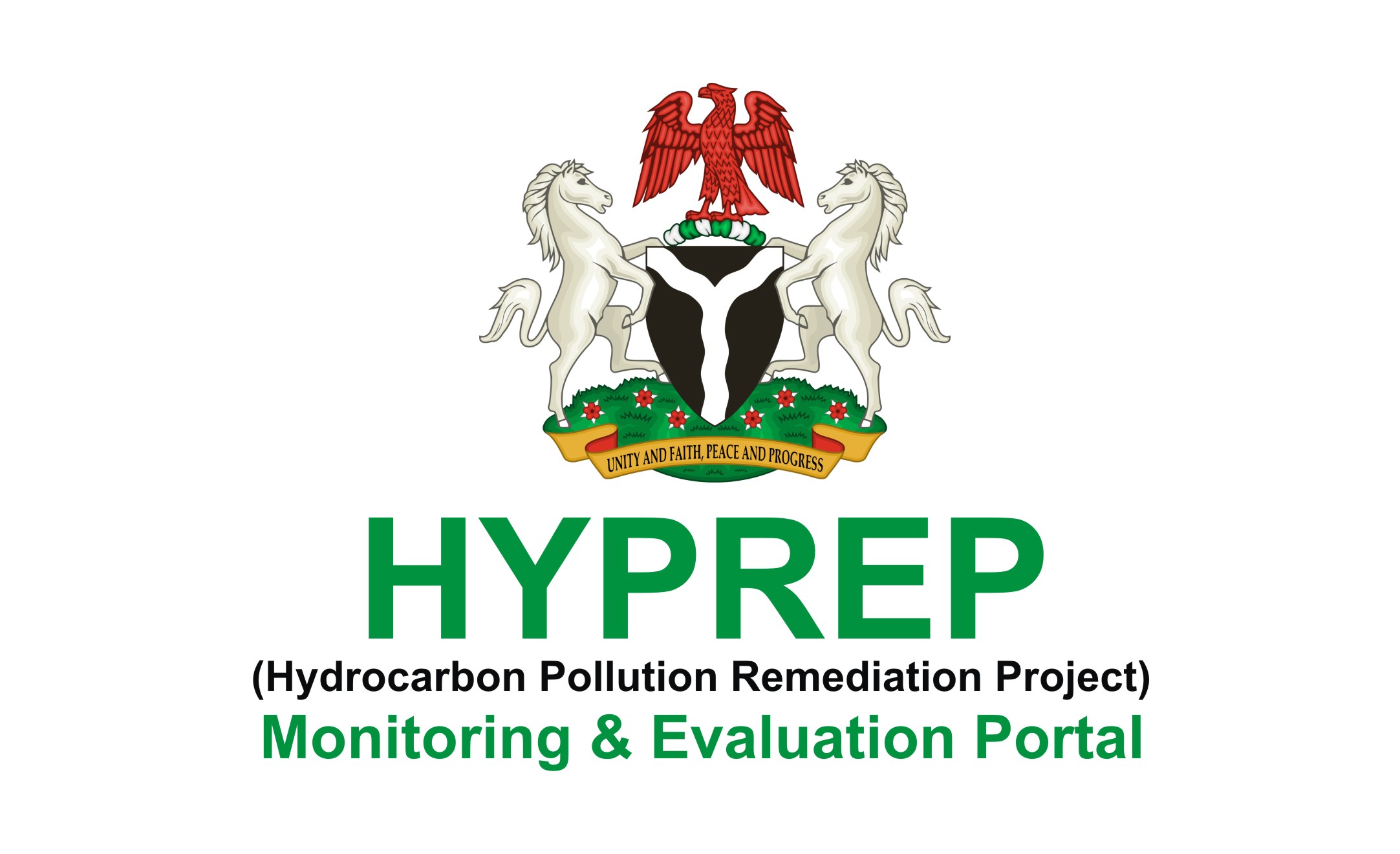Business
IMO And Efforts To Minimise Marine Accident
Statistical records have revealed that there is a high rise in accidents on board ships, in spite of efforts to control such accidents, and that majority of the accidents are caused by human errors on board.
Security, safety of lives and efficient shipping operations in our waters have been the cardinal objectives of the International Maritime Organisation (IMO), and the apex world maritime body for a long time kept on improving ship construction and equipment standard by continuously amending the Safety of Lives at Sea (SOLAS) convention.
Invariably, stakeholders in the maritime industry have their various role to play in complementing the various efforts of IMO towards SOLAS initiative actualisation and this also implies that various segments and operators in the industry should be committed to making their own input, to the success of SOLAS.
The Continuous rise in accident occurrence amidst the SOLAS amendments demanded comprehensive casualty investigation, so as to find the underlying causes of accidents. A careful analysis of casualty investigation reports revealed that about 80% of accident on board were caused by human error.
Inspite of the wide acceptance of the conventions, the shipping industry, media and various governments were expressing growing dissatisfaction as to its effectiveness. The best way to deal with human error was to comprehensively amend the SOLAS convention, to bring about diversion of focus and this gave birth to the Standard of Training, Certification and Watchkeeping (STCW).
The implementation of STCW was meant to improve seafarers competence, which raised the anticipation that those safety standards would remarkably improve.
Also, implementation and enforcement of the amended convention is an opportunity to raise the standard of the world’s seafarers, improve safety, and reduce accidents and pollution.
However, the question is; why do human error accidents on board ships still take place? The occurrence of such accidents have therefore brought about mixed feelings as to the effectiveness of the STCW convention and the role of stakeholders in implementing the standards.
The maritime administrations are responsible for ensuring compliance with the implementation of the convention and the ISM Code by approving related education and training, ensuring that the duties, task and responsibilities of seafarers conform to the certificate issued. They are expected to ensure that quality standards of seafarers competence are continuously monitored, certified, endorsed and revalidated, as well as accrediting maritime academies and institutions.
In the final analysis, they must submit progress reports to IMO, concerning the implementation of the convention in their respective countries.
Training institutions as it were, play crucial role in developing seafarers competence. The scope of training provided are not limited to the convention, but are expected to exceed those set by IMO, as they will take into consideration the national challenges.
To fulfill the need of international shipping, they are to provide quality seafarers, develop and train staff in maritime education as in-line with IMO models courses, and global maritime standards. They are expected to use standards of competence tables of the Standard of Training, Certification and Watch Keeping (STCW), in setting the time table for training.
They are to focus on a competence based training system where hands on training and the development of basic skills through the use of simulators, labouratory training equipment and other practical training aids are provided.
In a nutshell, they provide academic walls by ensuring a complete utilization of necessary educational equipment and updates.
On their own part shipping companies are expected to compensate for laxity in enforcement of convention provisions by the administration and implementation of rules according to the ISM Code and the necessary standard regarding emergencies and report procedures between shipboard and company.
They are to contribute to the training of company personnel and seafarers sea service by monitoring the implementation of procedures for changing crews to ensure that sufficient time is allowed for those new to the ship to have adequate opportunity to familiarise themselves with the ship, its appliances and equipment relevant to their assigned duties, thereby providing the enabling environment to allow seafarers effectively practice the seafaring profession.
As part of competence demonstration, seafarers role under STCW has to do with acquiring and demonstrating competence, while on board, keeping pace with progress by ensuring that their knowledge is up to date in the areas relevant to their duties and responsibilities on board.
On recognition and endorsement, they are to obtain and keep up to date, any recognition endorsement that may be required and serving as authorized holder of competency certificate onboard ship of the administrations concerned.
However, the International Maritime Organisation (IMO) in order to keep track with the implementation of the convention and other instruments relevant to ships safety, is expected to lay emphasis on human element matters with other member states, as well as encourage technical cooperation between her member states and other organization to give effect to the convention, recognise advice and assistance provided by experts with knowledge of maritime resources and for training.
From reports, a major problem with the convention is proper implementation, as the human error factors have continuously surfaced. A summary of the annual report of marine accident investigation in London involving United Kingdom merchant vessels, pleasure craft, fishing vessels and other vessels, especially on issues relating to human factor indicated that a total of 2,485 accidents occurs yearly on the average.
A number of merchant ships on international voyages were involved in collision or near misses. The causes were attributed to crew fatigue under manning, falsified hours of work records and failure to perform dedicated look out on the bridge. Other factors include poor situational awareness and anticipation/judgment by officers of the watch.
In addition, routine paper work, cargo work, maintenance, inspections, loading unloading, passage planning and actual working hours have also been identified to have contributed to accidents and incidences.
Under the STCW, checking and making judgment concerning certificates of competency lies with the body that assesses watch-keeping skills of crew members as compared to STCW table. It is here that judgement is made as to whether or not the level of competency of seafarers poses a danger to property, persons or environment, so that action for the detention of the vessel can be initiated.
Research conducted by seafarers International Research Centre concerning fraudulent practices associated with certificates of competency and endorsement show that evidence of fraudulent practice existed in certificate issued to seafarers.
Although shipping operations today are faced with many challenges, but what is crucial to ship safety is seafarers competence, and that means the competency acquired must conform to all the standard of training, certification and watch keeping.
That is why the statement made by the eastern zone coordinator of NIMASA, Sani Mohammed in Port Harcourt that his agency has nothing to do with graduates of institution that does not meet IMO standard in job placement, and other stakeholders should follow suit.
Corlins Walter
Business
NCDMB, Dangote Refinery Unveil JTC On Deepening Local Content

Business
Industry Leaders Defend Local Content, … Rally Behind NCDMB

Business
Replace Nipa Palms With Mangroove In Ogoni, Group Urges FG, HYPREP

-
Niger Delta1 day ago
Bishop Mocks Fake Prophecy Seekers … As Priests Relive Challenges At Ordination Ceremony
-
Opinion1 day ago
Welcome! Worthy Future For R/S
-
Rivers1 day ago
Motor Spare Parts, Industrial Generators Dealers’ Union Swears Gets New Chairman in Port Harcourt
-
News1 day ago
South-South Contributes N34trn To Nigeria’s Economy In 2024 – Institute
-

 Women1 day ago
Women1 day agoWhat To Know About Fufu, Loi Loi
-
Rivers1 day ago
ASALGA Community Debunks Reports On Ownership Of Land Its Settlements
-
Business1 day ago
NCDMB Promises Oil Industry Synergy With Safety Boots Firm
-
City Crime1 day ago
RSG Tasks Federal Government On Maternal Deaths

